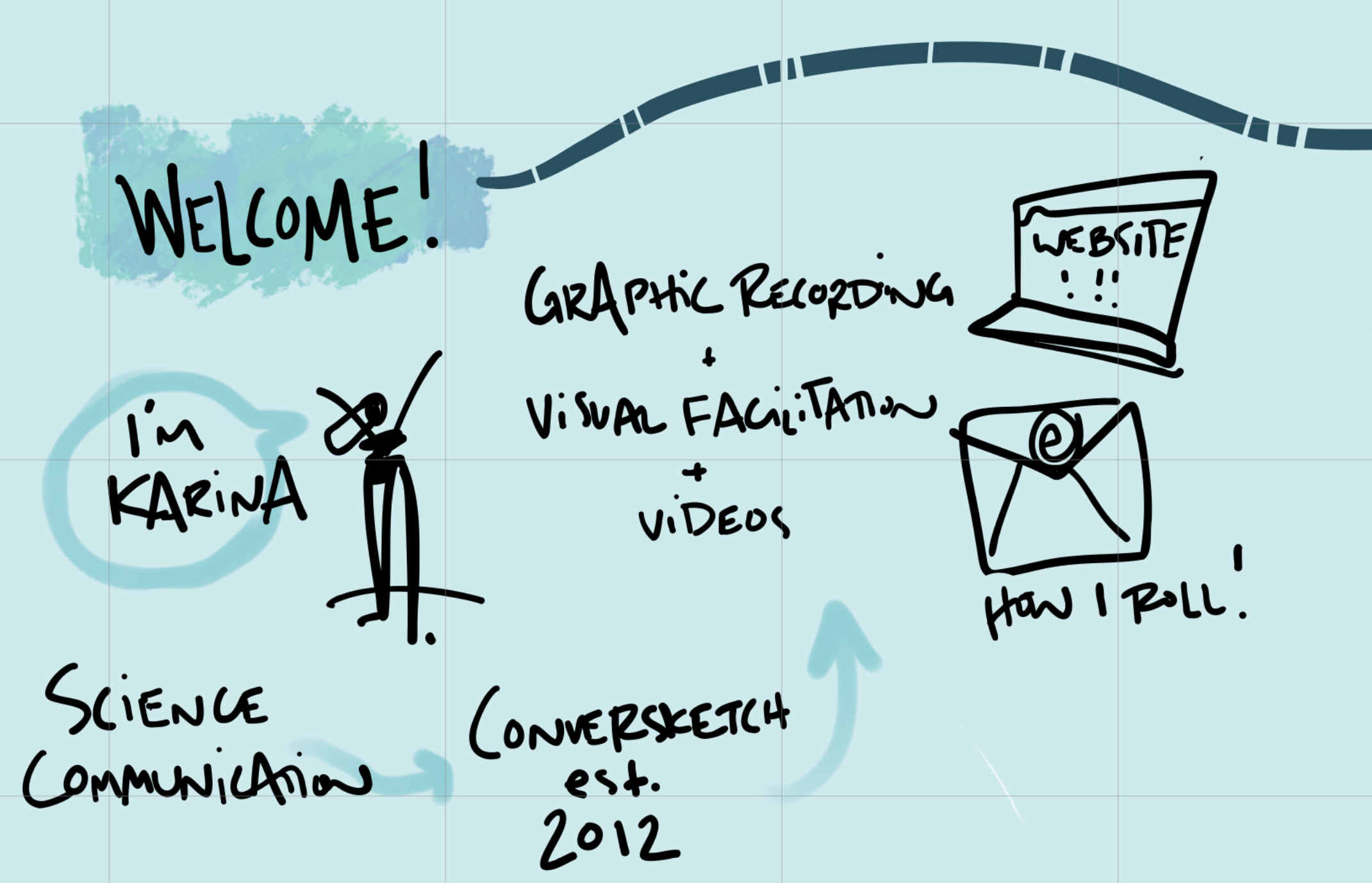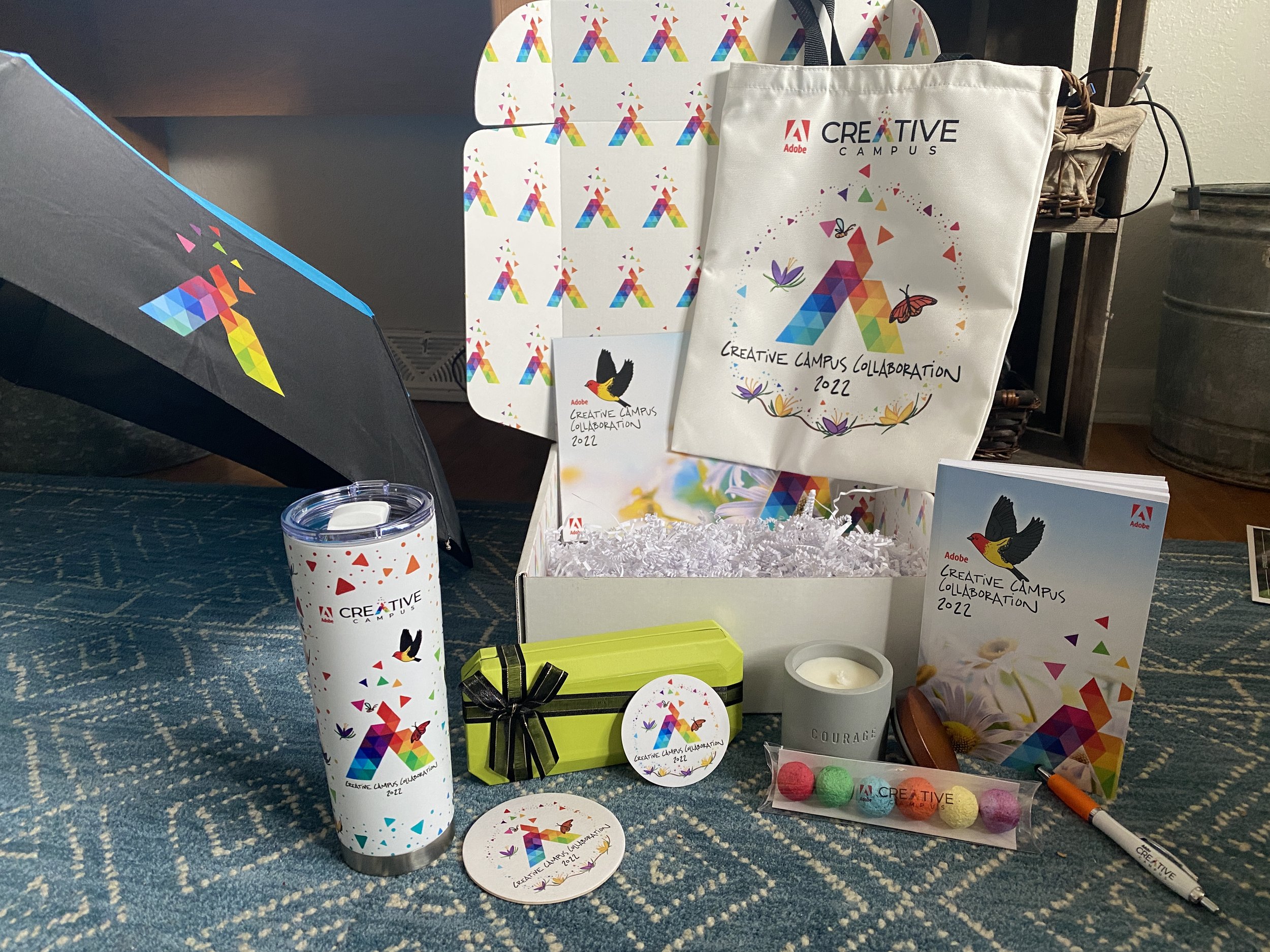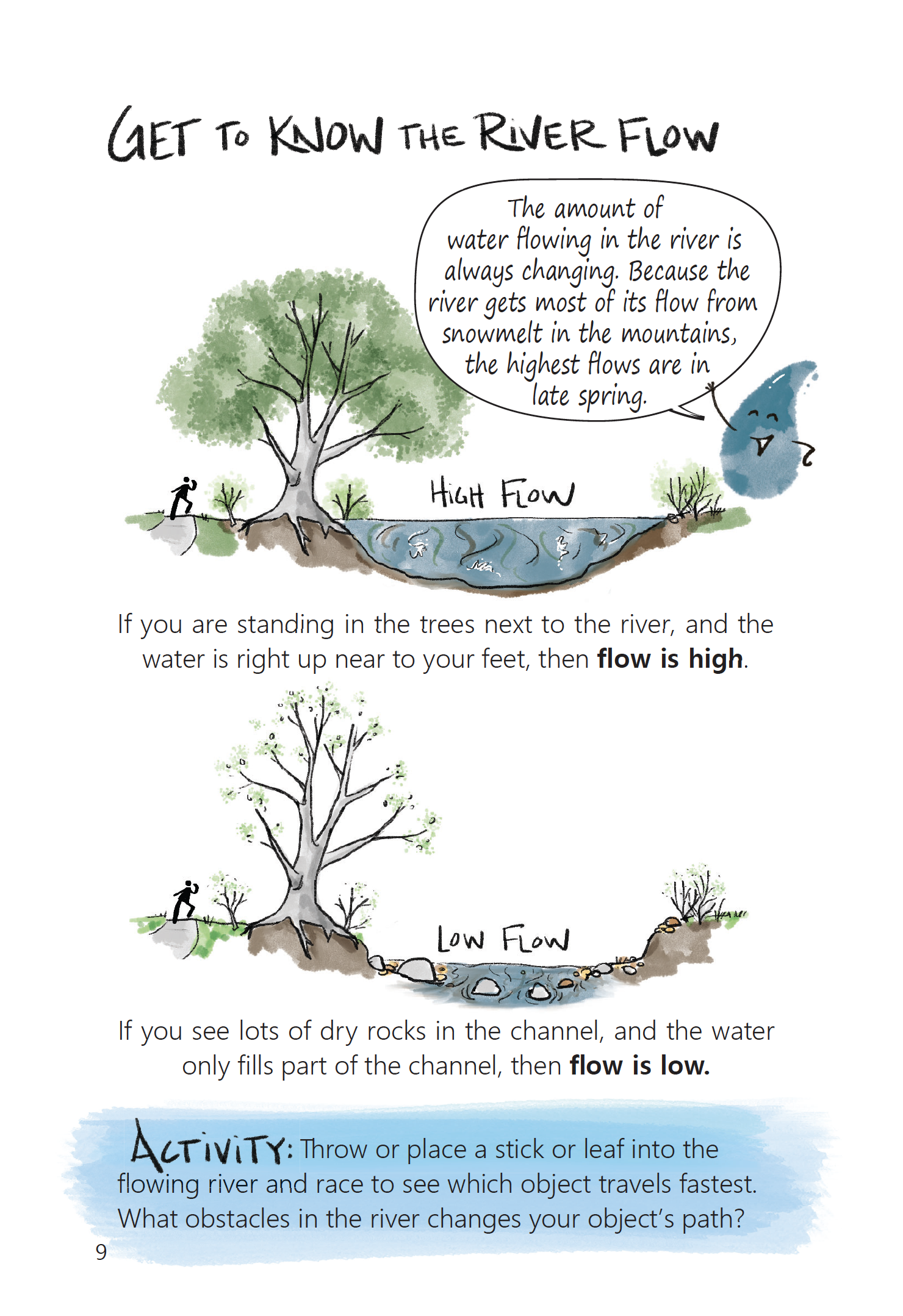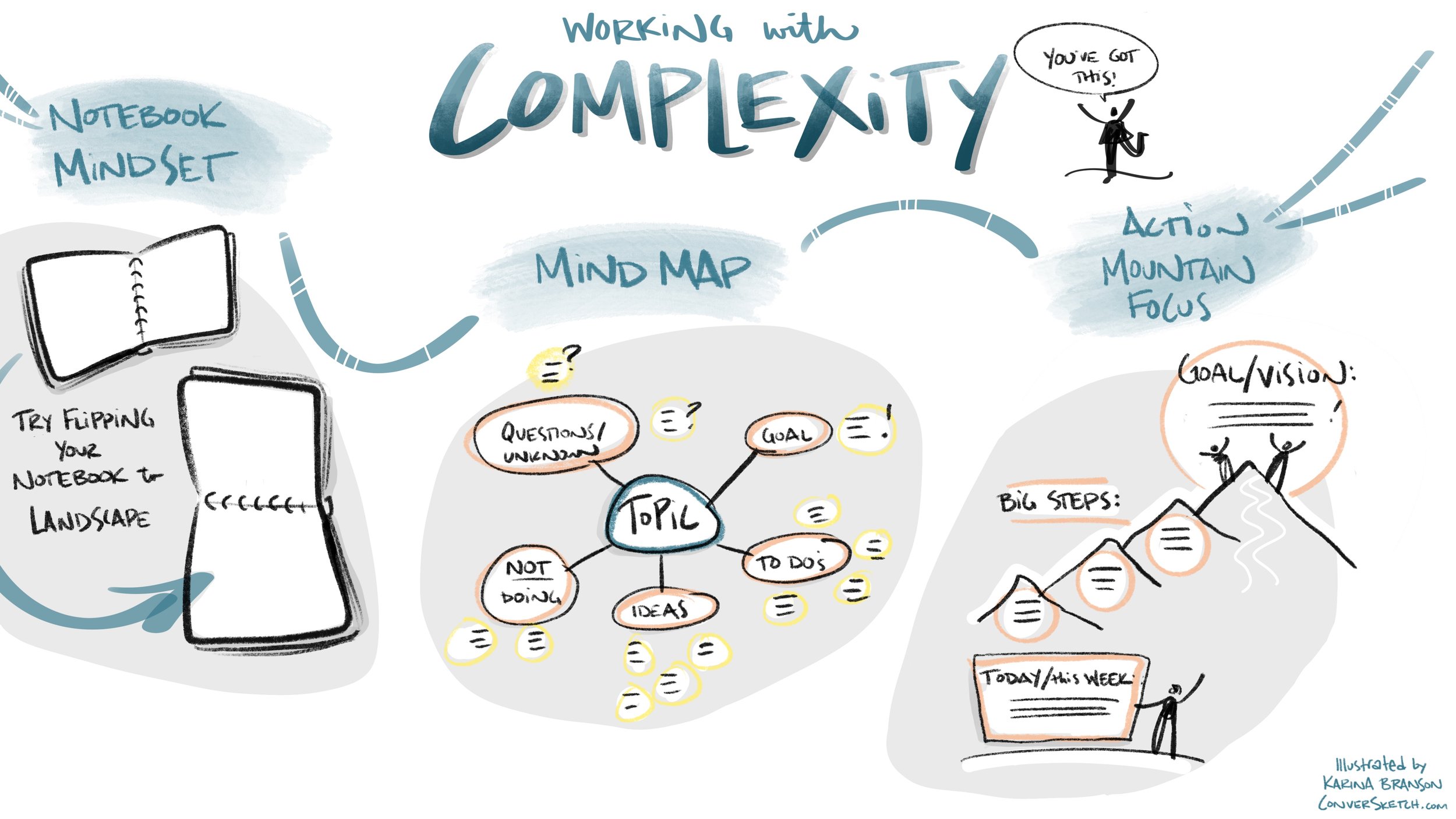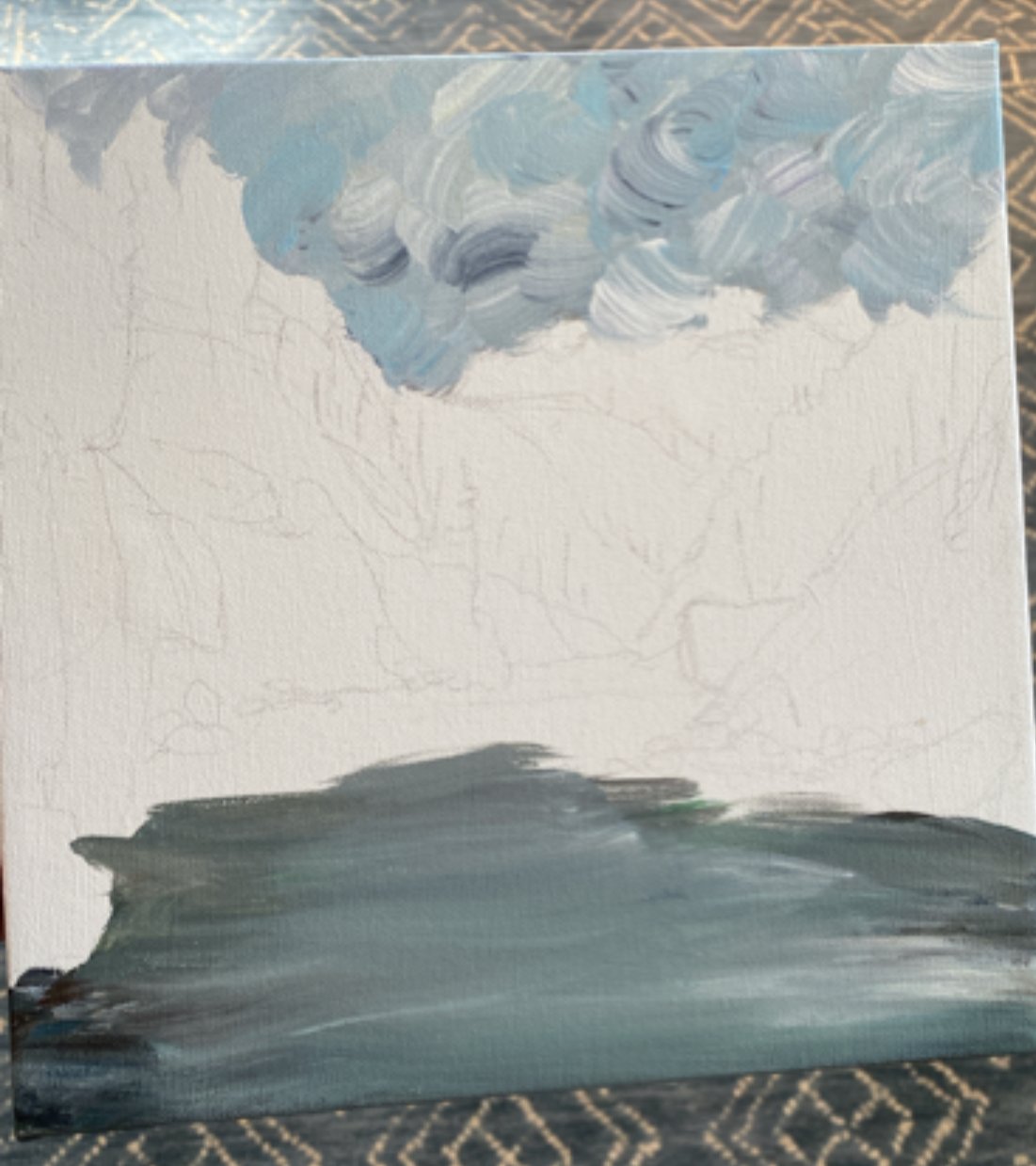Having a clear purpose in a meeting is something you’ve heard from me before – whether it’s a 15-minute check in or a 2-day off-site, when the organizers and the participants are extremely clear on the purpose of why they’re being asked to be there, engagement and the ability to measure if the outcomes were successful follow.
And, thanks to this excellent blog from Drawing Change, I just learned about a super handy, straightforward tool to make the meeting planning even better. It’s called POP, which stands for:
Purpose, Outcome, Process
Developed by the Rockwood Institute, beyond defining the Purpose, or your why for convening the meeting, you add two more simple ideas. Your Outcome “speaks to what – the vision of what success will look and feel like when you “arrive.” And finally, your Process outlines the “how – the specific steps involved in getting there.”
It’s easy to jump straight to the process design, but if you’re clear on why you’re there and what it will look and feel like to be successful, that enormous investment of time, energy, resources, thinking, good food, and space together will be easier to measure and follow through on.
So, here’s a graphic facilitator style worksheet you can use to help your group work through your POP for your next meeting – I hope you enjoy it!
Once again, thank you from my heart and soul for your support, great senses of humor, brilliant minds, collaboration and what you're each doing to make the world a better place.
Cheers,
Where in the Virtual World is ConverSketch?
River Investigators Action Guide is Out in the World! I’ve had the joy of collaborating with watershed researchers at Colorado State University to illustrate an activity guide for children to explore our local river, the Cache la Poudre. Here’s a snapshot, and you can see a video of me flipping through pages on Instagram.
ShapingEDU Mini-Summit: Emerging Credentials Standards: Convening educators, industry professionals, and folks in K-12 education to discuss the future, power, and challenges of badges and credentials in addition to or in place of a traditional 4-year college degree.
Learner Perspectives on Career-Connected Education Symposium: In another event focused on students, this symposium centered learners as speakers and panelists to guide the conversation and offer suggestions to make it easier to navigate the higher education system for successful career paths.







